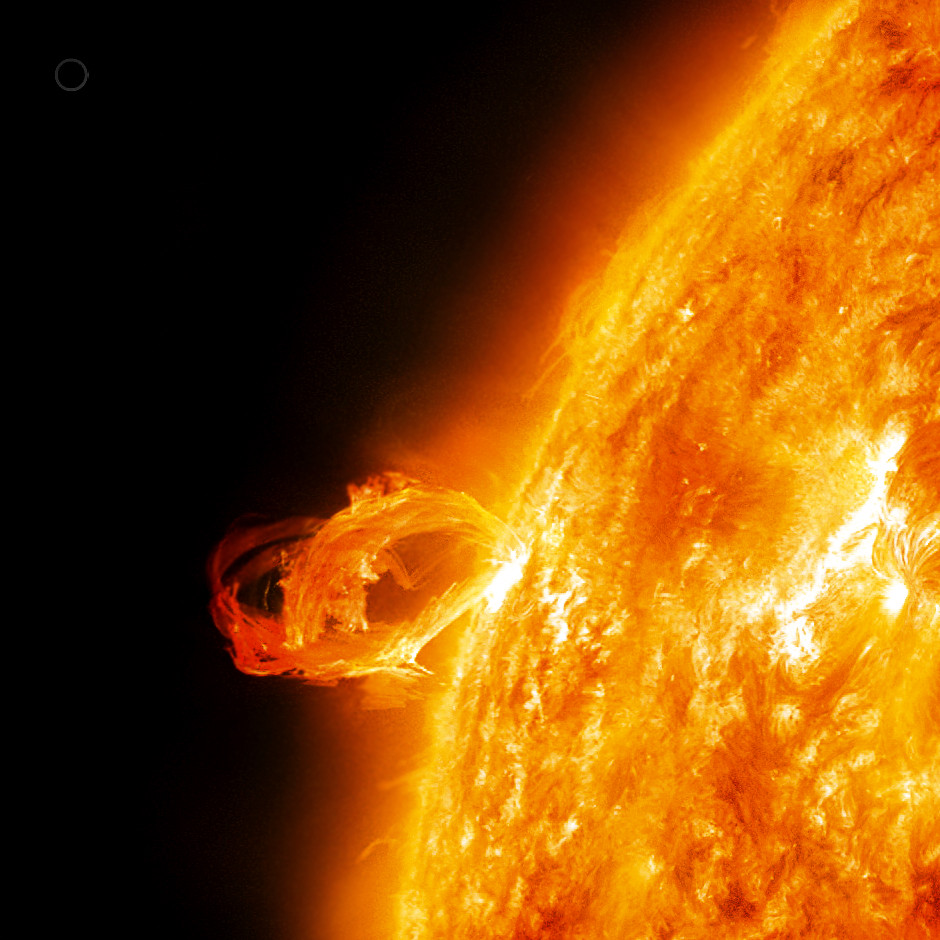NASA’s PUNCH mission to study the Sun will share ride with SPHEREx; will launch in 2025

NASA said on Wednesday its PUNCH mission - short for Polarimeter to Unify the Corona and Heliosphere - will share a ride to space with Jet Propulsion Laboratory's Spectro-Photometer for the History of the Universe, Epoch of Re-ionization, and Ices Explorer (SPHEREx) mission.
The missions are targeted to launch no earlier than April 2025 on SpaceX's Falcon 9 rocket.
"It's great to have a definite launch date and vehicle, and we're looking forward to working with the SPHEREx team as we `carpool’ to orbit. Rideshares are a great way to save money by taking better advantage of each rocket’s capability," Craig DeForest, PUNCH principal investigator at Southwest Research Institute in Boulder, Colorado, said in a statement.
Mission Update! 🚀NASA’s Polarimeter to Unify the Corona and Heliosphere (PUNCH) mission will share a ride to space with @NASAJPL's Spectro-Photometer for the History of the Universe, Epoch of Re-ionization, and Ices Explorer (SPHEREx) mission! For more: https://t.co/E7KicUoeWZ pic.twitter.com/EXxgOpRdcZ
— NASA Sun & Space (@NASASun) August 3, 2022
PUNCH will consist of four suitcase-sized satellites that will study the Sun's outer atmosphere, the corona, and how it accelerates to become the solar wind that fills the solar system.
The four PUNCH satellites will spread out around Earth along the day-night line to create a complete view of the corona and solar wind. Three of the PUNCH satellites will carry identical Wide Field Imagers, which, together, image the corona and solar wind over a 90-degree field of view (out to 45 degrees away from the Sun). The fourth satellite will carry a Narrow Field Imager coronagraph to study regions closest to the Sun.
The data gathered by the mission will help shed new light on how the Sun drives a vast system of space weather across the solar system, which can affect astronauts and technology on Earth and in space.
SPHEREx, on the other hand, will scan the sky every 6 months to create a map of the cosmos unlike any before. The observatory will survey the sky in optical as well as near-infrared light which serves as a powerful tool for answering cosmic questions.
The mission will investigate what happened within the first second after the big bang, how galaxies form and evolve, and the prevalence of molecules critical to the formation of life, like water, locked away as ice in our Milky Way galaxy.
- READ MORE ON:
- NASA PUNCH mission
- NASA SPHEREx mission
- NASA SPHEREx observatory
- SpaceX










